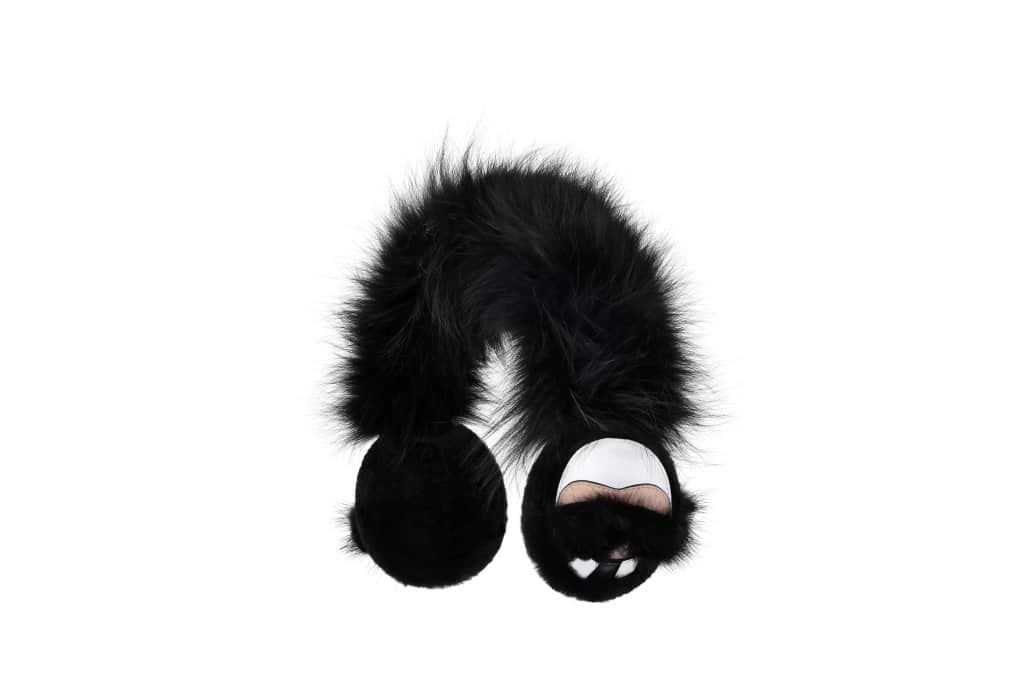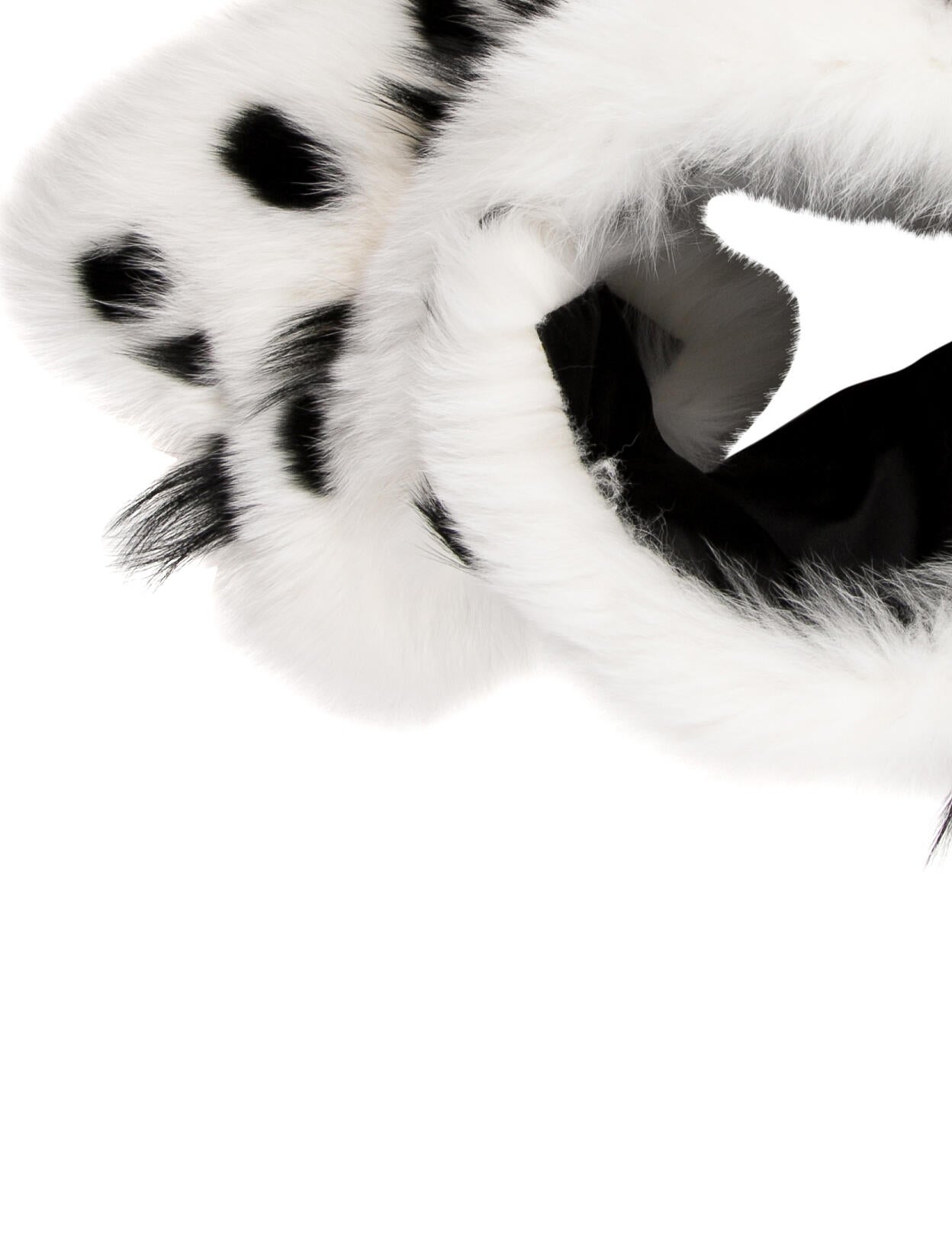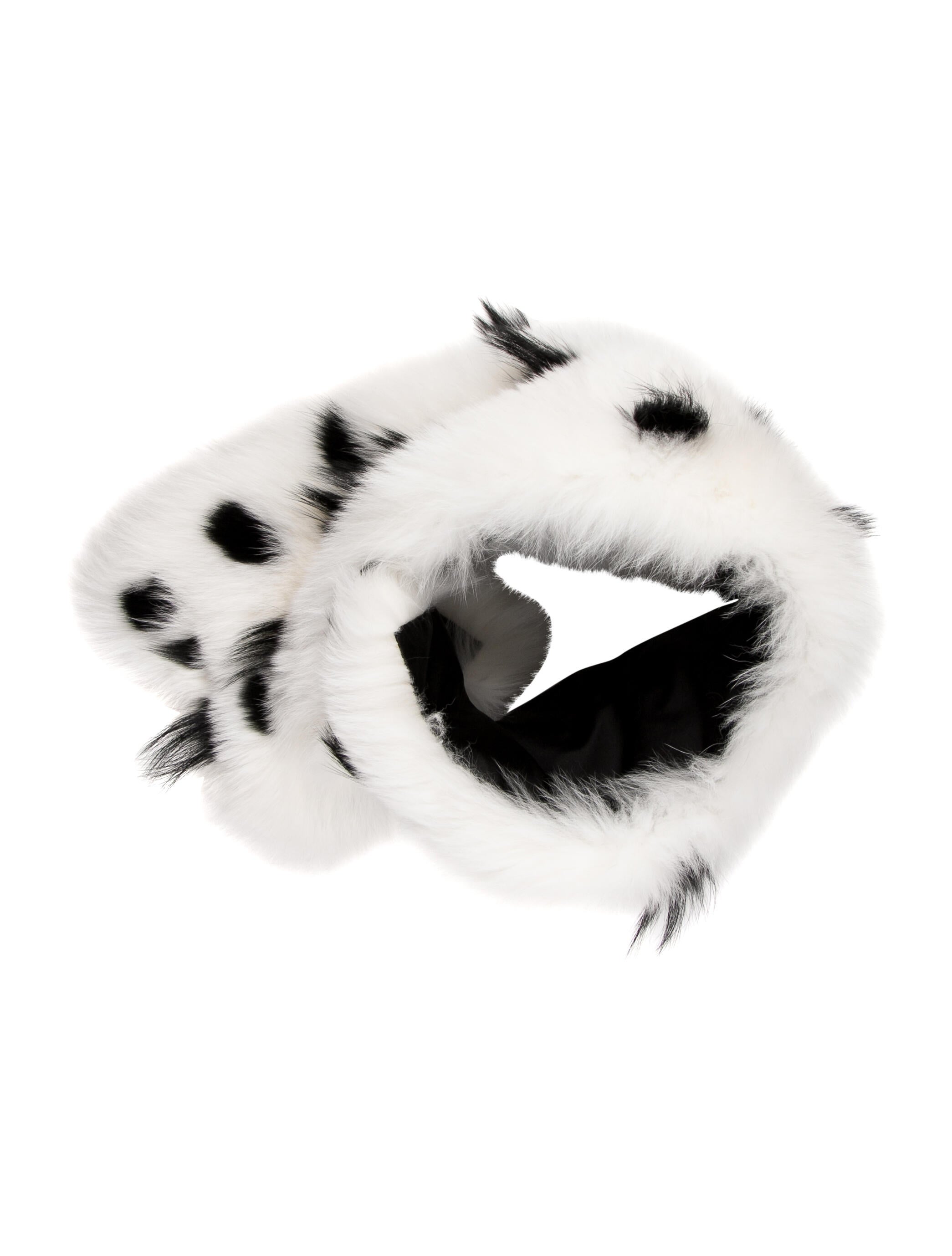Fendi Net Worth: Unpacking The Value Of An Italian Luxury Icon
Have you ever wondered what makes a luxury brand like Fendi so incredibly valuable? It's a question many fashion lovers and business watchers ask, and it's a pretty interesting one, actually. The worth of a brand like Fendi isn't just about the numbers on a balance sheet; it's a deeper story about heritage, creativity, and the passionate connection people feel with its products. We often see discussions, like that Fendi price increase thread I came across, where people talk about how much these items cost and what that means for their personal collections, so it's clear people care about the value.
This iconic Italian fashion house has built a reputation over nearly a century, crafting items that many consider true works of art. From the softest leathers to the most innovative designs, every piece tells a tale of skill and careful thought. So, understanding Fendi's overall worth really means looking at all the different parts that come together to create such a powerful global presence.
Today, we're going to pull back the curtain a little and explore the many facets that contribute to Fendi's significant financial standing and its enduring appeal in the luxury world. We'll look at how its rich history, its commitment to truly special materials, and its smart moves in keeping fakes from popping up all play a part in its overall value. You might be surprised by just how many things contribute to a brand's worth, too it's almost a puzzle.
Table of Contents
- The Legacy of Fendi: A Story of Italian Craftsmanship
- Understanding Fendi's Financial Footprint
- What Makes Fendi So Valuable? More Than Just a Bag
- The Future Outlook for Fendi's Worth
- Fendi's Impact Beyond the Balance Sheet
- Frequently Asked Questions About Fendi's Value
The Legacy of Fendi: A Story of Italian Craftsmanship
Fendi's story began in Rome, Italy, back in 1925, which is, you know, quite a long time ago. Adele and Edoardo Fendi started a small fur and leather shop, laying the groundwork for what would become a global luxury powerhouse. Their early dedication to using the finest materials and showing off incredible hand skills set a standard that remains with the brand even now. It was all about creating things that felt special, right from the very start.
From Humble Beginnings to Global Icon
The early Fendi shop was a place where Roman high society would go for exquisite furs and leather goods. The brand quickly became known for its innovative approaches to fur, which was, at the time, a pretty traditional material. This willingness to try new things, to make fur lighter and more wearable, really helped Fendi stand out. It's almost as if they were always looking for ways to do things differently, and that's a big part of their history.
Over the years, the five Fendi sisters—Paola, Anna, Franca, Carla, and Alda—joined the family business. They brought new energy and ideas, pushing the brand to expand its product lines and reach a wider audience. Their collective vision helped shape Fendi into the comprehensive luxury house we see today, offering everything from ready-to-wear clothing to accessories and footwear. I mean, the way they grew the business is, honestly, quite remarkable.
The Karl Lagerfeld Era and Creative Vision
A truly pivotal moment for Fendi arrived in 1965 when Karl Lagerfeld joined as the creative director for fur and later for the women's ready-to-wear collections. His arrival brought a fresh, often playful, perspective to the brand, yet. Lagerfeld was famous for his ability to transform traditional materials, like fur, into something modern and exciting. He even designed the iconic "FF" logo, which originally stood for "Fun Furs" but has since become a globally recognized symbol of luxury.
Lagerfeld's creative partnership with Fendi lasted for over 50 years, making it one of the longest collaborations in fashion history. He was instrumental in shaping the brand's aesthetic, pushing boundaries, and ensuring Fendi remained at the forefront of fashion trends. His influence is still very much felt in Fendi's collections, which often blend classic elegance with a touch of contemporary flair. You can really see his spirit in so many of their pieces, that's for sure.
Understanding Fendi's Financial Footprint
When we talk about "Fendi net worth," we're really talking about the overall financial health and market value of the brand. It's not a simple number, especially since Fendi is part of a much larger luxury group. Understanding this means looking at how luxury companies generally figure out their value and where Fendi fits into that bigger picture, so.
How Luxury Brands Are Valued
Valuing a luxury brand is a bit different from valuing a typical company. It involves more than just sales figures and profits, actually. Brand equity, which is the value a brand name adds to a product, plays a huge part. This includes things like brand recognition, customer loyalty, perceived quality, and the brand's unique image. For a brand like Fendi, its long history, its iconic designs, and the strong emotional connection people have with it all add to its worth.
Other factors that contribute to a luxury brand's valuation include its global reach, its ability to set trends, and its pricing power. Brands that can command higher prices and maintain strong demand, even during tough economic times, tend to be more valuable. The exclusivity and desirability of Fendi products, like that amazing quality leather or the discreet Fendi Roma embossing I've heard about, definitely contribute to this perceived value, you know.
Fendi Within the LVMH Powerhouse
Fendi has been part of the LVMH Moët Hennessy Louis Vuitton luxury group since 2001. LVMH is the world's largest luxury conglomerate, owning an incredible portfolio of prestigious brands across fashion, jewelry, wines, and spirits. Because Fendi is a privately held brand within LVMH, its specific "net worth" figures are not publicly disclosed in the same way a standalone public company's would be.
Instead, Fendi contributes to LVMH's overall revenue and profitability. LVMH reports its financial results as a group, with Fendi's performance folded into the "Fashion & Leather Goods" division. This division is a major driver of LVMH's success, and Fendi is a key player within it. Its consistent performance and strong brand appeal help bolster LVMH's market position and, by extension, its own internal valuation. This arrangement means Fendi benefits from LVMH's vast resources, global distribution networks, and marketing power, which in turn helps Fendi grow and maintain its high value. Learn more about Fendi's place in the luxury market on our site.
What Makes Fendi So Valuable? More Than Just a Bag
Fendi's value goes far beyond its financial statements. It's built on a foundation of tangible and intangible elements that resonate deeply with its clientele. The brand's commitment to quality, its clever ways of keeping fakes from popping up, and its truly memorable designs all play a part.
Unwavering Quality and Craftsmanship
One of the most important pillars of Fendi's worth is its dedication to exceptional quality. From the materials chosen to the skill of the artisans, every Fendi product is a testament to careful work. I've heard people say the quality of the leather is amazing, and they love the discreet Fendi Roma embossing, which just goes to show how much these details matter. This focus on high standards ensures that Fendi items are not just fashionable but also durable and long-lasting.
Think about the thoughtful design elements, like a shimmery satin bronze lining with 'fendi' stitched horizontally randomly, or a dark brown flap over to join it to the gold clasp. These are not just decorative; they speak to a deep understanding of how luxury goods should look and feel. It’s this kind of attention to every little part that makes people feel they are investing in something truly special, something that will hold its appeal for years.
Brand Protection and Authenticity Measures
In the world of high-end fashion, keeping fakes from popping up is a big deal. Fendi has put a lot of money into this over the years. Back in the late 90's, they invested a lot of money to invest in hologram sticker technology, and more recently, they've moved to RFID technology to help prevent counterfeits. This commitment to authenticity protects the brand's reputation and ensures that customers are getting the real deal, which is, you know, really important for maintaining trust.
Knowing that a Fendi item is genuine adds to its value and desirability. It's why people will inform the representative of their intent to check a Fendi serial number, because they want that peace of mind. These measures show that Fendi takes its brand integrity seriously, and that dedication helps maintain its exclusive status and overall worth in the market.
Iconic Designs and Timeless Appeal
Fendi has created several designs that have become instantly recognizable and highly coveted. The Baguette bag, for example, is a true icon that has seen many reinterpretations over the years. Its versatile design, often handheld with a detachable shoulder strap, means it fits into many different lifestyles and fashion moments. These signature pieces not only drive sales but also build a lasting legacy for the brand.
The brand's ability to blend classic elegance with a touch of modern flair keeps its designs fresh and relevant. Whether it's the distinctive FF logo, which you might find interestingly underneath the gold clasp, or the playful Monster Eyes, Fendi's designs often become conversation starters. This blend of tradition and innovation ensures that Fendi remains a trendsetter rather than just following others, and that, too, is a source of its value.
The Power of Community and Customer Loyalty
A strong, engaged community is a powerful asset for any luxury brand. Fendi has cultivated a loyal following of enthusiasts who share their experiences, offer advice, and celebrate their shared passion for the brand. I've seen discussions where people share how they successfully cleaned their Fendi neoprene Baguette because they haven't seen any post which really addresses how to do so, which shows how helpful the community can be. This kind of shared knowledge and support builds a deeper connection between the brand and its customers.
The desire to "join the world's largest designer fashion community today and let the obsession begin!" is a testament to the emotional bond Fendi creates. Customers often discuss everything from sizing (I have found Fendi's to run a bit too big, including some of the boots/booties I have tried, especially if they are suede or shearling, but that might be because my foot is on the narrow side) to upcoming collections (I am sure Fendi will release very summery bags which were not incorporated in the SS25 show). This active engagement helps keep the brand alive and relevant in the minds of its consumers, contributing significantly to its long-term value.
The Future Outlook for Fendi's Worth
Looking ahead, Fendi's continued success and growing worth will depend on its ability to adapt and innovate in a rapidly changing luxury market. The brand has shown a strong capacity for evolution, and that's a good sign, very.
Adapting to New Trends and Consumer Desires
The luxury market is always shifting, with new trends and consumer preferences emerging all the time. Fendi has a good track record of responding to these changes while staying true to its core identity. We see this in their apparel, where people love the flowy fabrics and the new kitten heels look very comfortable, indicating a blend of high fashion with wearability. The brand's creative team is always looking forward, anticipating what customers will want next.
This forward-thinking approach ensures that Fendi remains desirable to both long-time collectors and new generations of luxury consumers. Their ability to introduce fresh designs and materials while honoring their heritage is key to staying relevant and maintaining their high market value.
Innovation and Sustainability Efforts
Innovation isn't just about new designs; it's also about how products are made and what materials are used. The luxury industry is increasingly focused on sustainability and ethical practices, and brands that embrace these values are likely to see their worth grow. Fendi, as part of LVMH, is likely to continue investing in responsible sourcing, production methods, and circularity initiatives.
Furthermore, continued investment in technology, like their RFID tags for authenticity, shows a commitment to modern solutions. These kinds of efforts not only improve the brand's image but also appeal to a growing segment of consumers who prioritize ethical consumption. This commitment to progress is, you know, a very good indicator of future growth.
Fendi's Impact Beyond the Balance Sheet
Fendi's worth isn't just about the money it brings in; it's also about its cultural impact and its role as a trendsetter in the fashion world. The brand influences how people dress, what they consider stylish, and even how other brands approach design. Its presence on runways and in popular culture helps shape the broader fashion conversation.
The brand's dedication to preserving traditional Italian craftsmanship while embracing modern techniques also has a wider impact. It helps keep specialized skills alive and supports a network of artisans who contribute to the luxury goods industry. So, in a way, Fendi contributes to the economy and culture beyond just its own sales figures, too. It's a pretty big deal, honestly.
The emotional connection people have with Fendi, sometimes even describing it as "a Fendi bag and a bad attitude" in a playful way, speaks to how deeply integrated the brand is into personal style and identity. This kind of intangible value, the way a brand makes you feel, is arguably just as important as its financial standing.
Frequently Asked Questions About Fendi's Value
What factors determine Fendi's overall brand value?
Fendi's brand value comes from many things, including its long history, its commitment to truly high-quality materials and craftsmanship, its iconic designs like the Baguette, and its smart use of technology to ensure authenticity. Its strong reputation and the deep loyalty of its customers also play a big part, you know. Being part of the LVMH group also gives it a lot of support and global reach.
Is Fendi a good investment?
For individual consumers, buying Fendi items can be seen as an investment in quality and timeless style, as some pieces, like classic bags, can hold their value pretty well. From a financial perspective, as a privately held brand within LVMH, Fendi itself isn't directly traded on the stock market. However, LVMH as a whole is often considered a strong investment in the luxury sector, and Fendi's performance helps contribute to that.
How does Fendi maintain its luxury status and exclusivity?
Fendi keeps its luxury status by consistently offering products made with the finest materials and exceptional craftsmanship. They carefully manage their distribution, often selling only through their own boutiques and select high-end retailers. Their commitment to preventing fakes with things like hologram and RFID technology also helps maintain their exclusivity and perceived value. Plus, their unique designs and strong brand storytelling keep them desirable, that's for sure. You can find more details on Fendi's brand strategy on our site.

Fendi Fall/Winter 2016 Leisurewear Collection - Spotted Fashion

Fendi Silk Monster Scarf - Scarves and Shawls, Accessories - FEN48061

Fendi Silk Monster Scarf - Scarves and Shawls, Accessories - FEN48061